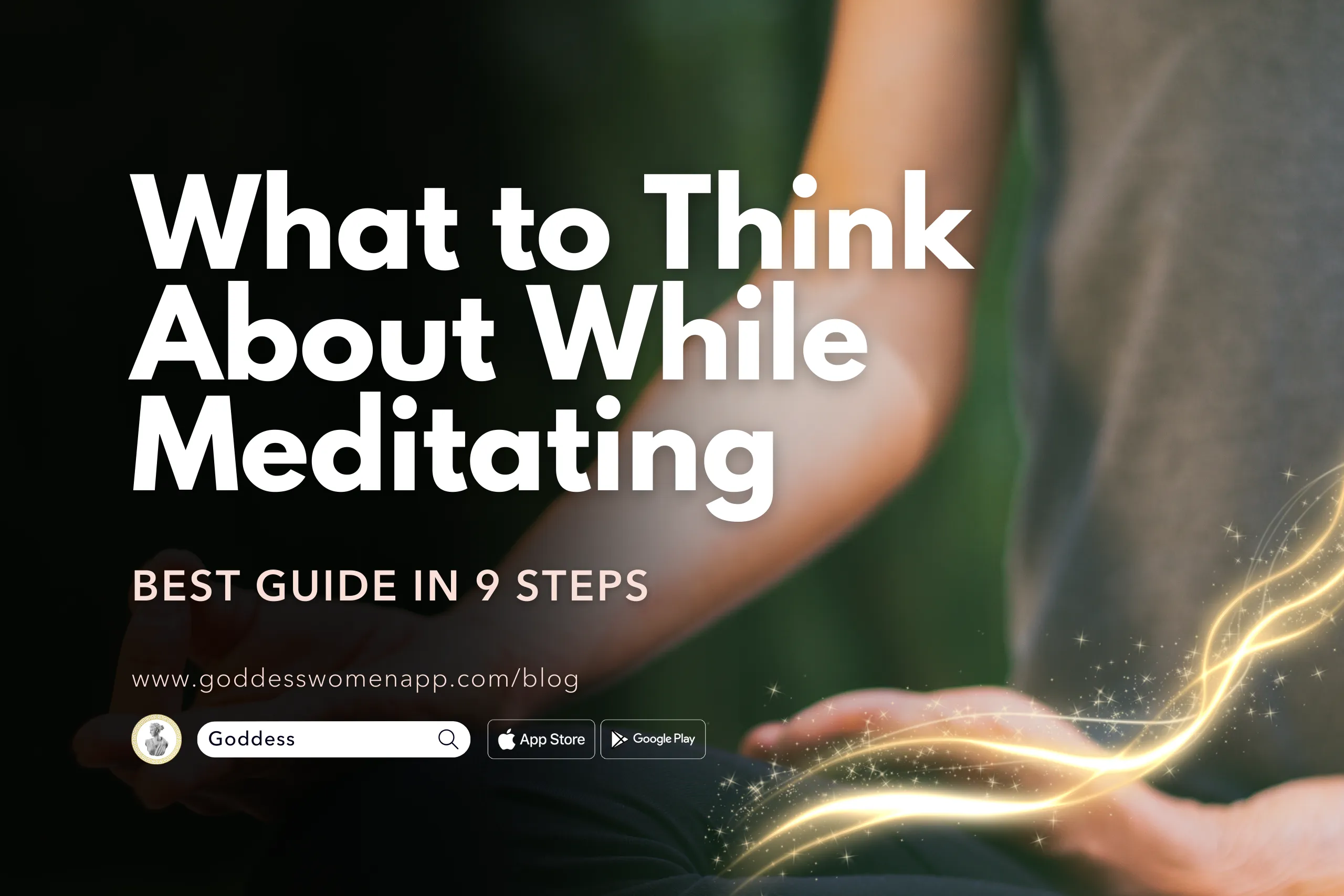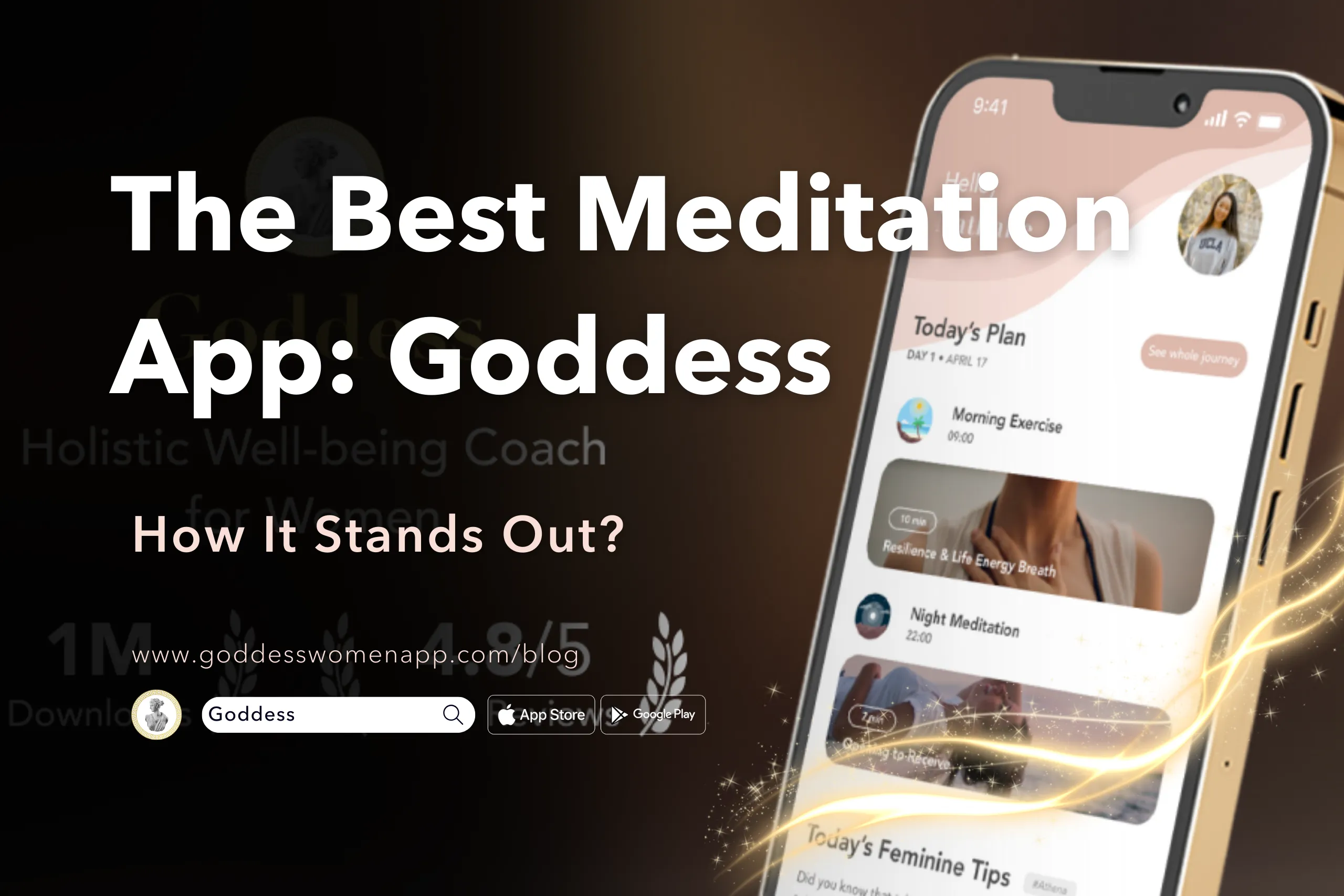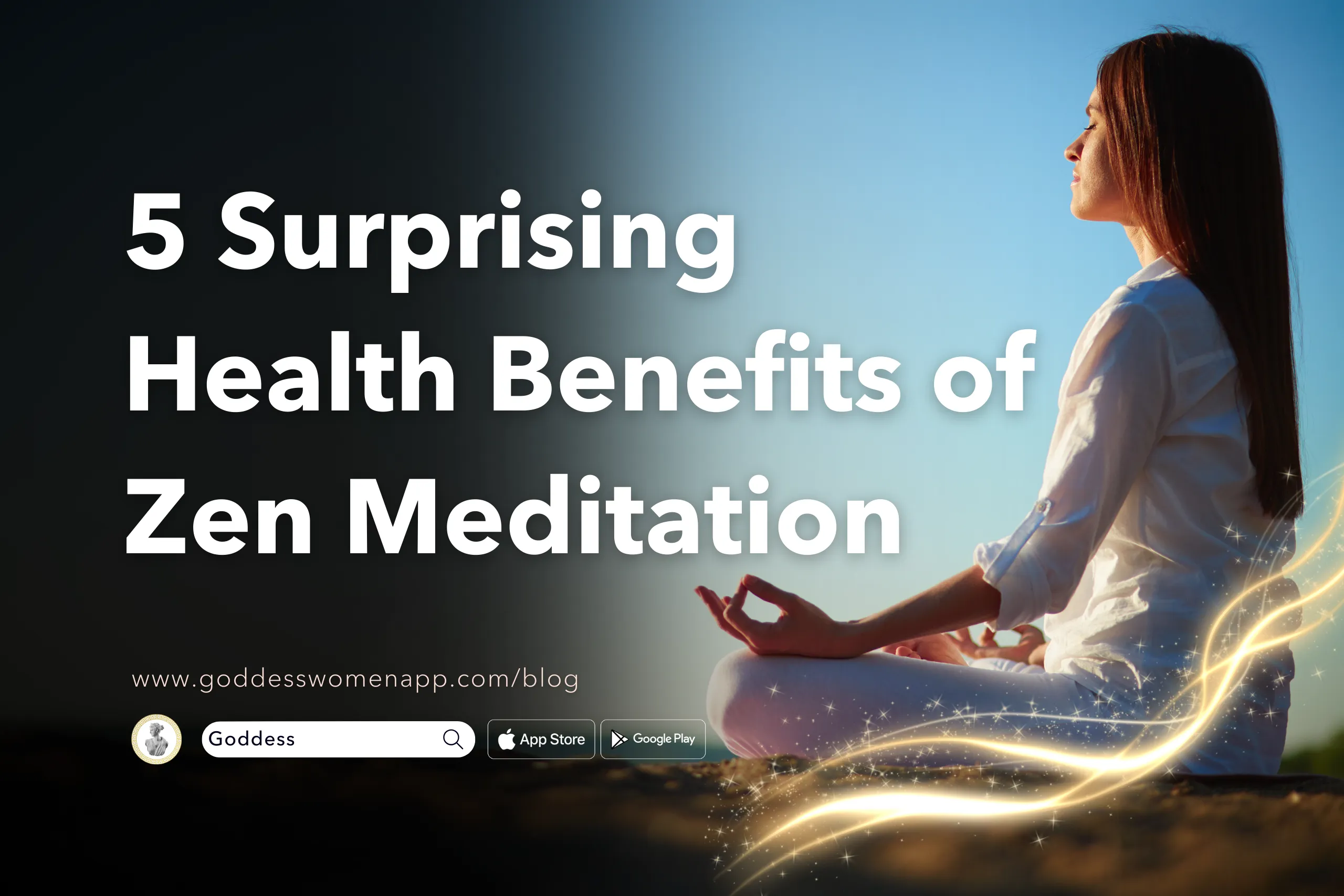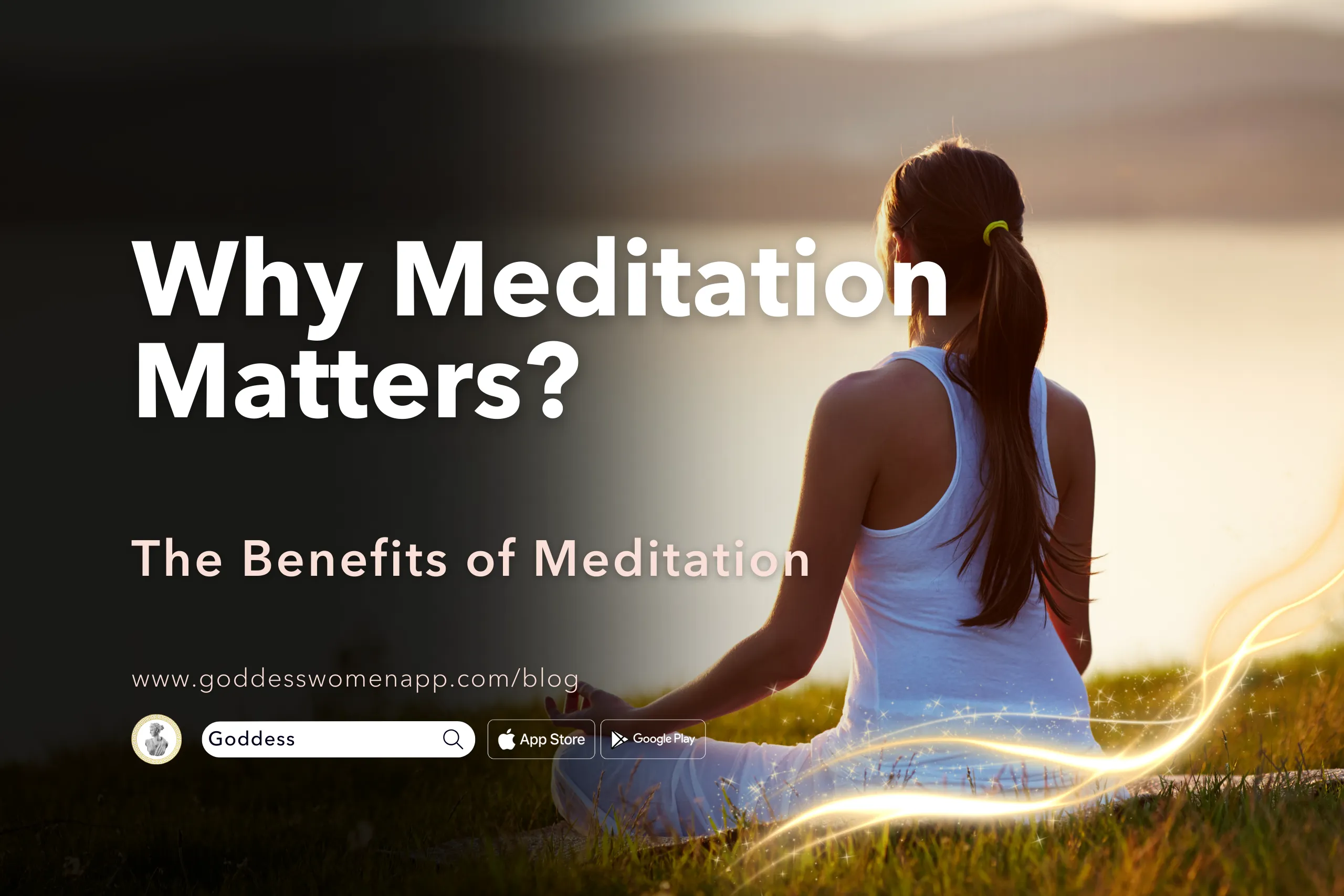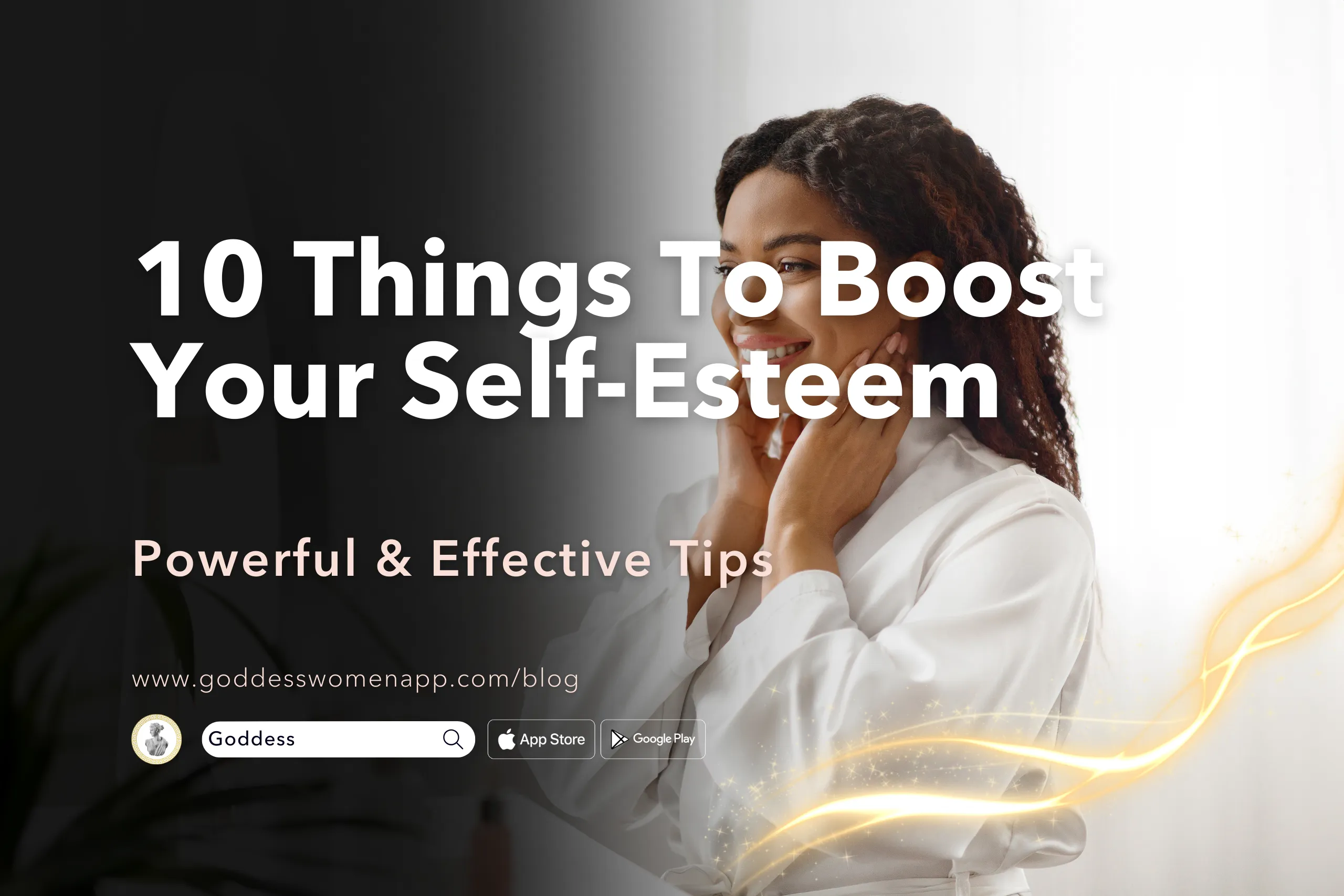Table of Contents
Meditation, an ancient practice with modern relevance, offers a pathway to inner peace and mindfulness. However, one question that often arises for both beginners and seasoned practitioners is, “What to Think About While Meditating?” This fundamental query forms the crux of our journey into the depths of meditation. In this comprehensive guide, we delve into the various aspects of meditation, focusing specifically on the thoughts and themes that can enhance your meditation experience.
Understanding what to think about while meditating not only improves the quality of your practice but also maximizes the benefits derived from this tranquil endeavor. As we explore different techniques and tips, remember that the essence of meditation lies in the harmony of mind, body, and spirit, guided by the thoughts you choose to entertain during each session.
Understanding Meditation: Why ‘What to Think About While Meditating’ Matters
Meditation, an ancient practice steeped in history and mystery, has transcended time to become a crucial part of modern wellness. This comprehensive exploration into meditation seeks to define its essence, explore its diverse types, and underscore why ‘What to Think About While Meditating’ is a pivotal aspect of this practice.
Defining Meditation and Its Multifaceted Purpose
At its core, meditation is the intentional practice of focusing the mind and achieving a mentally clear, emotionally calm, and stable state. Historically rooted in spiritual traditions, meditation today transcends religious boundaries, addressing various aspects of well-being. Its purpose extends beyond mere relaxation; it encompasses self-discovery, mental resilience, and a deepened understanding of life’s complexities.
Meditation serves as a bridge between the mind and body, creating a balanced state where stress reduction is as important as spiritual growth. In understanding meditation, it’s essential to recognize its multifaceted nature – it’s as much about cultivating mindfulness as it is about finding inner peace or enhancing cognitive abilities.

The Diverse Types of Meditation
Meditation manifests in various forms, each with its unique focus and techniques, suitable for different preferences and goals.
Mindfulness Meditation: Rooted in Buddhist teachings, this type focuses on being acutely aware and present in the moment. It teaches you to observe thoughts and feelings without judgment, making it integral to understanding what to think about while meditating.
Focused Meditation: Involving concentration on a single object, sound, or thought, this form enhances the ability to remain anchored in the present, sharpening focus and attention.
Movement Meditation: This type, including practices like yoga and qigong, combines physical movement with deep focus and breathing, enhancing body-mind connectivity.
Transcendental Meditation: A more structured form, it involves chanting or repeating a mantra, offering a straightforward path to relaxation and inner peace.
Loving-kindness Meditation (Metta): Focused on developing an attitude of love and kindness towards everything, even sources of stress and the practitioners themselves.
Visualization Meditation: Here, practitioners focus on visualizing positive scenes or images, using the power of the mind to promote relaxation and positivity.
Each type of meditation brings a unique perspective on what to think about, shaping the meditative experience and its outcomes.
The Significance of ‘What to Think About While Meditating’
The essence of meditation lies not just in the practice itself but in the quality and direction of thoughts. ‘What to Think About While Meditating’ is a question that goes to the heart of the practice. It is here that the transformative power of meditation is realized. Choosing the right thoughts or focal points can profoundly impact the effectiveness of the meditation experience.
Whether it’s a mantra, a visual image, a physical sensation, or an abstract concept like love or kindness, the chosen focus during meditation can significantly influence both psychological and physiological responses. This choice is what makes meditation a deeply personal and customizable practice.
In mindfulness meditation, for instance, the emphasis on present-moment awareness guides practitioners in their choice of thoughts. In contrast, in visualization or loving-kindness meditation, the focus shifts to specific images or emotions. Thus, ‘Why ‘What to Think About While Meditating’ Matters’ becomes a crucial consideration for anyone looking to deepen their meditation practice.
Preparing for Meditation: What to Think About Before Meditating
Before embarking on the journey of meditation, it’s crucial to prepare both your mind and environment. This preparation plays a significant role in the effectiveness of your practice. Let’s delve into the essentials of setting up a conducive environment and choosing the right time for meditation, underlining the importance of ‘Preparing Your Mind – What to Think About Before Meditating’.
Setting Up a Conducive Environment
The first step in preparing for meditation is to create a space that promotes tranquility and focus. This doesn’t necessarily require a dedicated meditation room; even a quiet corner of your home can suffice. The key is to minimize distractions. Consider the following elements:
Quietness: Choose a place where you can be undisturbed. Silence or soft, ambient sounds can greatly enhance your meditation experience.
Comfort: Ensure that your meditation spot is comfortable. Use cushions or mats to make sitting easier, especially for longer sessions.
Lighting: Soft, natural lighting is ideal. Harsh lights can be distracting and strain the eyes.
Simplicity: A clutter-free space promotes a clutter-free mind. Keep your meditation area clean and minimalistic.
Nature Elements: Incorporating elements like plants or a small fountain can create a calming atmosphere.
Choosing the Right Time for Meditation, What to Think About While Meditating
The time of day you choose to meditate can significantly impact your experience. While there’s no one-size-fits-all answer, consider these guidelines:
Morning Meditation: Many find that meditating in the morning sets a positive tone for the day. It’s a time when the mind is typically clearer and less cluttered with daily stresses.
Evening Meditation: For others, evening sessions help in unwinding and processing the day’s events, promoting restful sleep.
Consistency is Key: Regardless of the time, consistency is vital. Try to meditate at the same time each day to establish a routine.
Listen to Your Body: Pay attention to when your body and mind feel most inclined to meditate. This self-awareness is a critical aspect of ‘Preparing Your Mind – What to Think About While Meditating’.
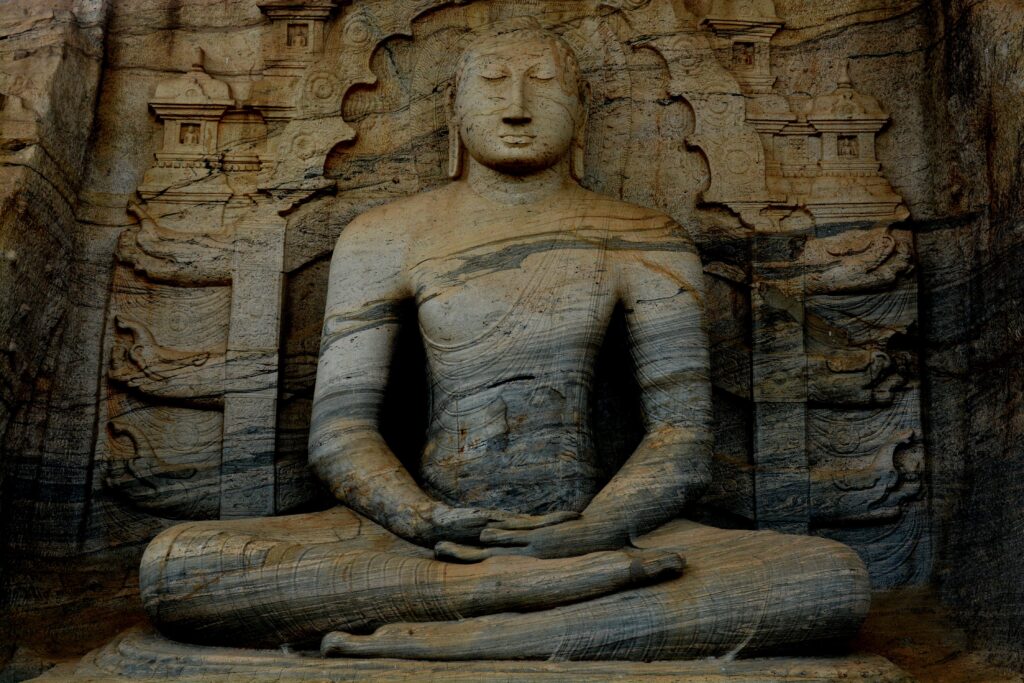
Mental Preparation: What to Think About Before Meditating
Mental preparation is as important as setting up your physical space. Before you begin, spend a few moments to calm your mind and set your intentions. Here are some tips:
Clear Intentions: Decide what you wish to achieve from your meditation session. Whether it’s relaxation, clarity, or exploration of a specific thought or emotion.
Letting Go of Expectations: Approach each session without preconceived notions or expectations. This openness is crucial for a genuine experience.
Breathing Exercises: Simple breathing exercises can help in transitioning your mind from the day’s activities to a state of calm readiness for meditation.
Gentle Focus: Start by gently focusing your thoughts on positive, calming images or mantras. This sets the stage for a deeper meditative state.
In conclusion, preparing for meditation is a holistic process. It involves setting up the right environment and choosing the optimal time, but most importantly, it’s about ‘What to Think About While Meditating’. This preparation paves the way for a more focused, effective, and transformative meditation experience.
The Basics of Focusing During Meditation: Understanding the Role of Focus
Mastering the art of focusing the mind is a cornerstone in meditation, particularly when contemplating what to think about while meditating. This section will explore effective techniques for sharpening focus and addressing common challenges encountered during meditation, all while emphasizing the role of focus in what to think about while meditating.
Techniques for Focusing the Mind
Breath Awareness: Start by simply observing your breath. This classic technique helps anchor your attention and calms the mind.
Mantra Use: Repeating a mantra can provide a focus point for your thoughts, preventing them from wandering.
Guided Imagery: Visualizing a peaceful scene can help maintain focus, especially for visual learners.
Mindfulness Practice: Mindfulness involves staying in the present moment, observing thoughts and sensations without judgment.
Progressive Relaxation: Gradually relaxing different parts of the body can help focus the mind by engaging both physical and mental awareness.
Overcoming Common Challenges
Meditation, though beneficial, can be fraught with challenges, particularly in maintaining focus. Here’s how to address them:
Wandering Mind: It’s natural for the mind to wander. When you notice this happening, gently guide your focus back to your chosen point of concentration without self-criticism.
Physical Discomfort: Ensure you’re in a comfortable position. If discomfort arises, adjust gently, using the movement as a moment of mindfulness.
External Distractions: Choose a quiet, dedicated space for meditation. Over time, you’ll learn to maintain focus despite minor distractions.
Impatience or Frustration: Meditation is a skill that develops over time. Be patient with yourself and recognize that each session is a step forward.
The Role of Focus in Meditation
The role of focus in what to think about while meditating cannot be overstated. It’s the bridge that connects your intention with your meditative experience. By refining your focus, you deepen the quality of your meditation, allowing for a more profound connection with your inner thoughts and feelings. This alignment is essential in reaping the full benefits of your meditation practice.
In conclusion, understanding and mastering focus techniques is crucial in meditation. Not only does it enhance the quality of your practice, but it also reinforces the role of focus in what to think about while meditating, paving the way for a more mindful and fulfilling experience.

What to Think About While Meditating: Structuring Your Thoughts
Delving into meditation often raises the question: what exactly should one think about? Structuring your thoughts effectively is key to a rewarding meditation experience. Here, we explore how positive affirmations and visualization techniques can enrich your practice.
Positive Affirmations and Their Impact
The Power of Positivity: Incorporating positive affirmations into meditation can transform your mindset, encouraging a shift towards a more optimistic outlook on life.
Creating Personal Affirmations: Tailor affirmations to your personal goals and aspirations. Repeat these phrases during meditation to instill a deep sense of self-belief and purpose.
Consistency and Belief: The regular practice of affirming positive thoughts helps in rewiring thought patterns, making positivity a natural state of mind.
Visualization Techniques
Mental Imagery: Visualization is about creating vivid and positive mental images. This technique can be used to envision goals, dreams, or simply to induce relaxation.
Enhanced Focus: Visualization requires focus, which in turn strengthens your meditation practice. It’s a vivid way of structuring your thoughts to achieve clarity and direction.
Meditation Themes and Ideas: Thematic Approaches to What to Think About While Meditating
To keep your meditation practice fresh and impactful, exploring various themes and ideas can be immensely beneficial. Love and kindness meditation, along with gratitude meditation, are two themes that can deeply enrich your experience.
Love and Kindness Meditation (Metta)
Cultivating Compassion: Metta meditation focuses on developing an attitude of love and kindness towards all beings, including oneself, fostering a sense of connectedness and empathy.
Practicing Metta: Begin by directing loving-kindness towards yourself, then gradually extend it to others, even those with whom you may have difficulties.
Gratitude Meditation
Acknowledging Goodness: Gratitude meditation involves reflecting on the things you are thankful for. It could be as simple as a beautiful day or as profound as the love of family.
Benefits of Gratitude: This form of meditation enhances contentment, helps in coping with adversity, and promotes overall mental well-being.
Advanced Meditation Techniques: Enhancing What to Think About While Meditating
As your meditation practice deepens, incorporating advanced techniques can significantly enhance the quality of your practice. Mindfulness and observation, along with deep relaxation and body scanning, are advanced practices that can elevate your meditation experience.
Mindfulness and Observation
Present Moment Awareness: Mindfulness is about being fully present in the moment, observing thoughts, feelings, and sensations without judgment.
Practical Application: This technique can be practiced during any daily activity, making it a versatile tool for enhancing what to think about while meditating.
Deep Relaxation and Body Scanning
Achieving Deep Relaxation: Through this technique, focus on relaxing each part of the body in turn, leading to a state of deep physical and mental relaxation.
Mind-Body Connection: Body scanning not only helps in relieving physical tension but also aids in creating a deeper mind-body connection, enriching the meditative experience.
Integrating Meditation into Daily Life: Daily Applications of What to Think About While Meditating
In today’s fast-paced world, integrating meditation into daily life can be a game-changer, especially when considering what to think about while meditating. Let’s explore how short meditation practices can fit into busy schedules and how meditation can enhance focus and productivity.
Short Meditation Practices for Busy Schedules
Micro-Meditation Sessions: Even five-minute meditation sessions can be beneficial. These can be done during a break at work, early in the morning, or before bedtime.
Mindfulness While Doing Daily Tasks: Practice mindfulness during routine activities like walking, eating, or even showering. This helps in staying connected with the present moment.
Using Meditation to Improve Focus and Productivity
Meditation Breaks for Mental Clarity: Taking short meditation breaks during the day can help in clearing the mind and reducing stress, leading to improved focus and productivity.
Consistent Practice: Regular meditation helps in developing a heightened sense of awareness and concentration, making it easier to tackle challenging tasks.

Overcoming Common Meditation Mistakes: Ensuring Effectiveness in What to Think About While Meditating
While meditation is beneficial, it’s common to encounter hurdles. Understanding and overcoming these mistakes is crucial in ensuring the effectiveness of what to think about while meditating.
Dealing with Distractions
Creating a Dedicated Space: A specific meditation spot can help minimize distractions.
Gentle Refocusing: When distracted, gently bring your focus back to your chosen meditation object without self-judgment.
Avoiding Overthinking
Observing Thoughts: Learn to observe your thoughts without getting entangled in them.
Guided Meditation: Using guided meditation can help keep the mind engaged and prevent overthinking.
Tools and Resources for Effective Meditation: Support for What to Think About While Meditating
To enhance your meditation journey, a variety of tools and resources are available. These can provide guidance and support for what to think about while meditating.
Recommended Apps and Guides
Meditation Apps: Apps like Goddess offer guided meditations and tips for all levels.
Online Guides: Many websites and blogs provide valuable insights and techniques for effective meditation.
Books and Courses
Books: Titles like “The Miracle of Mindfulness” by Thich Nhat Hanh offer profound insights into meditation.
Courses: Enrolling in meditation courses or workshops can provide structured learning and practice.
Conclusion: Reflecting on ‘What to Think About While Meditating’
As we conclude, let’s recap the key points of this guide. We’ve explored various aspects of meditation, from the basics of focusing to integrating meditation into daily life, and addressed common challenges. The importance of understanding what to think about while meditating has been a recurring theme, emphasizing its role in enhancing the effectiveness of your practice.
Remember, consistent practice is the key to reaping the benefits of meditation. Whether you’re a beginner or an experienced practitioner, the journey of meditation is endless and ever-evolving. Keep exploring and experimenting with your practice, and always come back to the central question: What to Think About While Meditating? This inquiry is not just about meditation; it’s about understanding the mind and enriching your overall experience of life.

